How we got to the Switch: a brief history of Nintendo controllers
Switching ideas from gaming generation to generation.
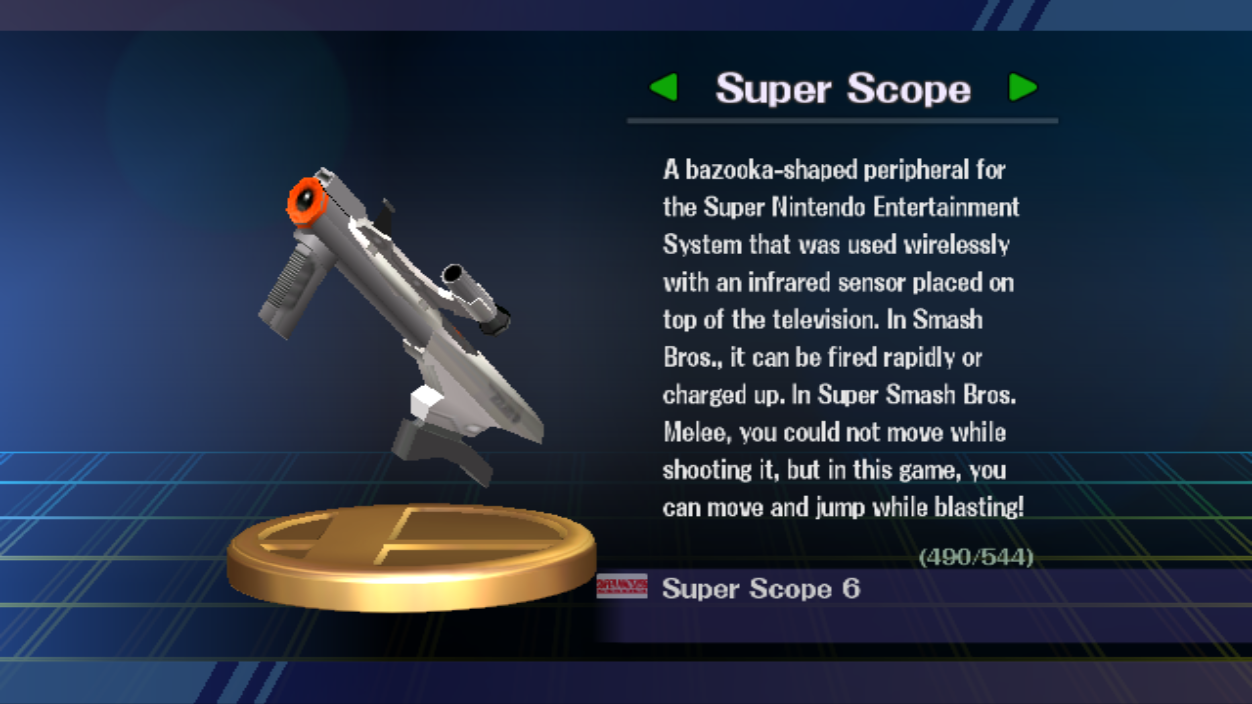
Super Scope (1992)
The Nintendo Zapper was arguably the first video game light-gun to achieve mainstream success, and thanks to software like the superb Duck Hunt it has passed into the annals of gaming history. When Nintendo looked to update the concept for the 16-bit generation it went a little overboard. While the Zapper was a cute handgun, the Super Scope was a shoulder-mounted monster which was powered by batteries, rather than relying on a wired connection to the console.
In a bizarre example of one-upmanship, rival Sega produced the thematically similar Menacer light-gun for its Mega Drive console, which boasted a customisable shoulder stock and sights. Despite the imposing nature of these peripherals, neither was blessed with much in the way of decent software – but at least they looked cool, and the Super Scope would be immortalised in the 1993 Super Mario Bros. movie, a flop at the time but now considered something of a cult classic.
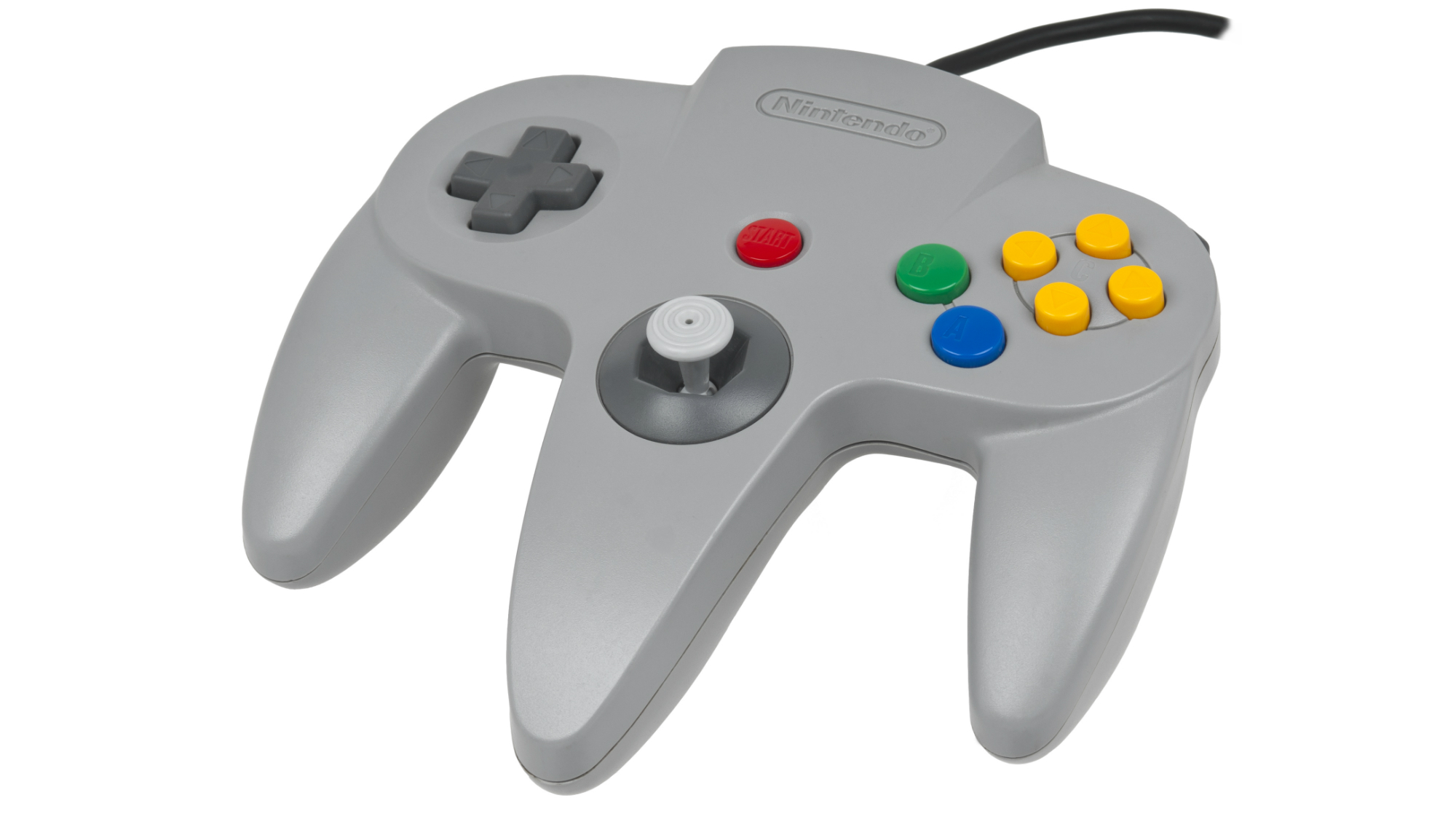
Nintendo 64 controller (1996)
Compared to the safe design choices made with the NES and SNES pads, the N64 controller was a complete upheaval for Nintendo. The three-pronged design allowed for multiple grip options, but the most innovative element was the analogue wand in the middle of the pad, which offered an unprecedented degree of control and was quickly copied by rivals Sony and Sega.
The N64 pad's status as a truly iconic interface is thanks in large part to how well it was exploited in games – Super Mario 64 felt like it was built expressly with the controller in mind, allowing players to move the portly Italian plumber with unprecedented grace and precision. Elsewhere, Mario Kart 64 showed how useful analogue control was in a racing environment, while GoldenEye 007 refined the concept of console first-person-shooters. The other unique thing about the N64 system is that the console had four ports on the front, which took multiplayer to blissfully chaotic heights.
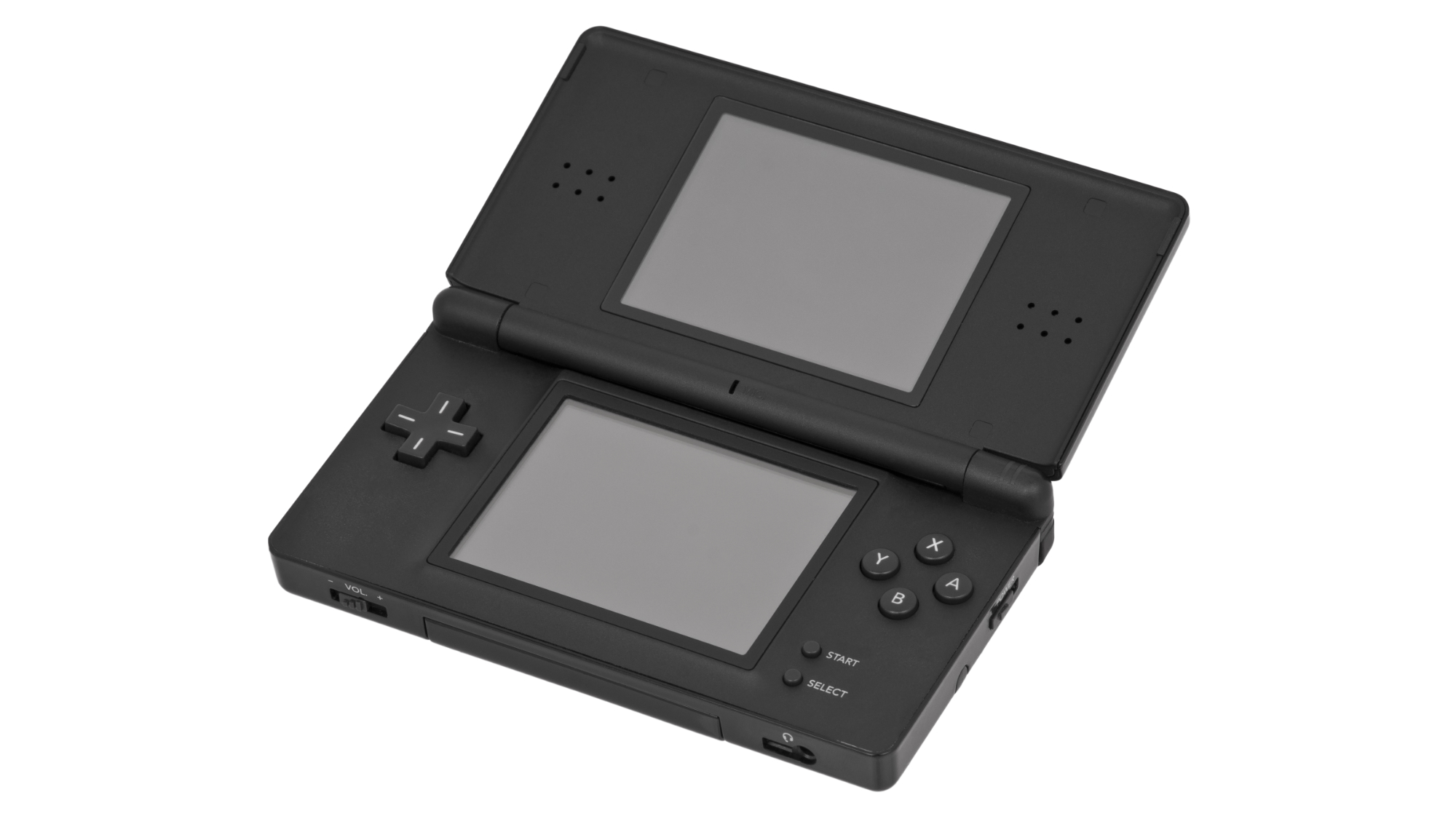
Nintendo DS (2004)
Just as the late, great Gunpei Yokoi (he was killed in an automobile accident in 1997, aged just 56) took LCD technology and appropriated it for something entirely new in the form of the Game & Watch range, Nintendo performed the same kind of trick with the Nintendo DS, which is comfortably the best-selling handheld console of all time. Resistive touchscreen tech had been available for many years prior to the launch of the dual-screen system in 2004 – Tiger Electronic's ill-fated Game.com handheld used a touchscreen and stylus way back in 1997 – but it was Nintendo's approach which really nailed the idea of using touch to interact with games.
The two-screen, clamshell design was inspired by the aforementioned Game & Watch range, with the bottom panel boasting touch control. Several games required the player to hold the console in portrait orientation – like a book – and this further expanded the gameplay possibilities on offer. Smartphones and tablets are now commonplace, and we take touch interaction for granted – but it was Nintendo that arguably brought the concept to the masses, making the DS a pivotal device in both gaming and consumer technology.
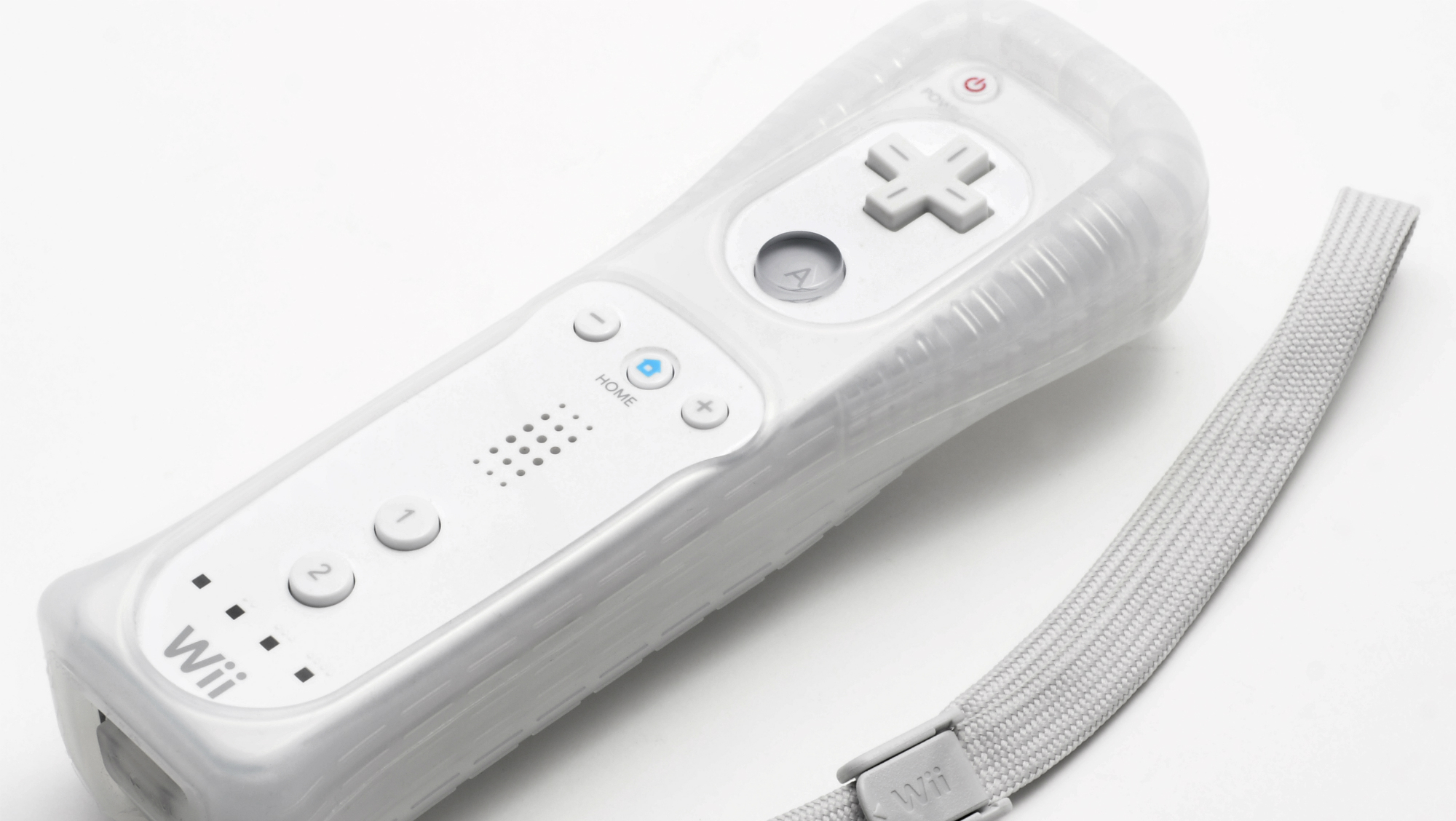
Wii Remote (2006)
Following the disappointing commercial fortunes of the Nintendo 64 and GameCube, Nintendo needed something truly special to capture the hearts and minds of consumers who had abandoned the brand in favour of the PlayStation and Xbox. It came in the form of the Wii, with its unique motion-sensing Wii Remote controller. The fact that the concept of motion control has fallen out of fashion in recent years makes it easy to forget how revolutionary the Wii was; it removed all barriers to entry, and attracted entirely new fans to the realm of gaming.
Get daily insight, inspiration and deals in your inbox
Sign up for breaking news, reviews, opinion, top tech deals, and more.
To a non-gamer the average joypad is intimidating, festooned with buttons, sticks and triggers. In contrast, the Wii Remote was and still is beautifully simple; anyone can understand that moving your arm results in a swipe of a sword or swing of a tennis racket in-game. The controller's IR pointer meant it also doubled as the perfect interface for lightgun titles, and it could be held horizontally as a ‘traditional’ pad.
While it's fashionable to dismiss this period in Nintendo's history as some kind of creative wasteland, don't be surprised to see the Wii Remote repositioned as a design classic in years to come.
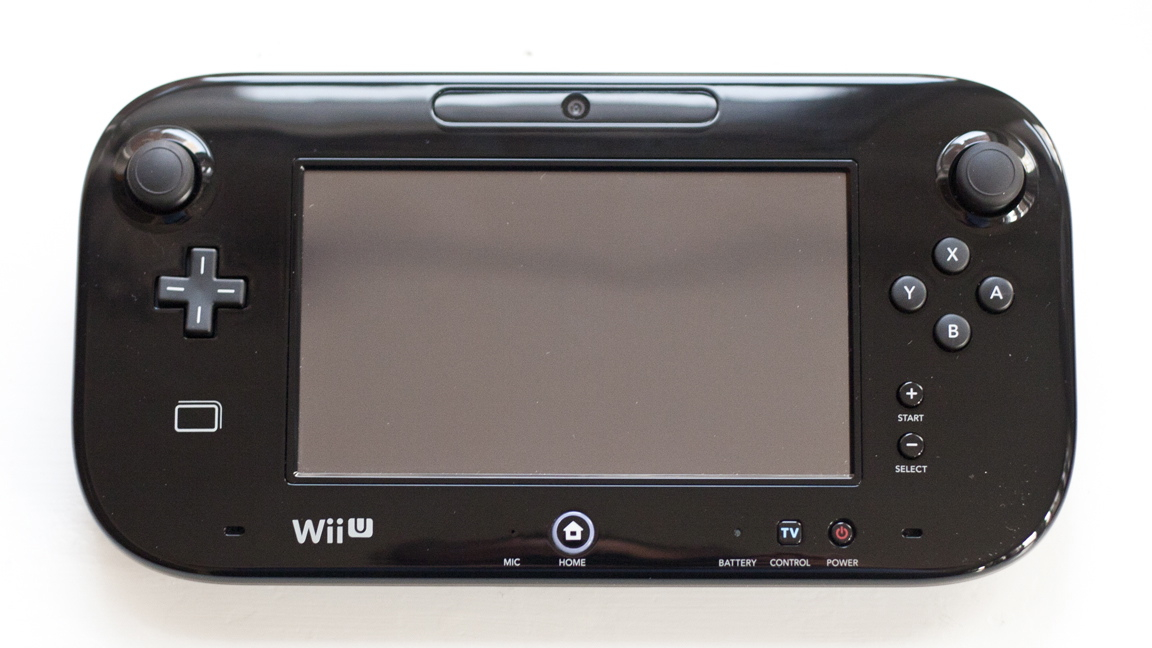
Wii U GamePad (2012)
Nintendo's most recent innovation, the Wii U GamePad, was all about bringing second-screen gaming to the home. Slap-bang in the middle of this massive controller is a resistive touchscreen, which can either mirror the image shown on the TV or present an entirely different perspective. Sadly the concept of asynchronous gaming was never really exploited to its fullest potential; outside of games like Nintendo Land and Game & Wario, most titles opted to simply mirror the TV screen or leave the GamePad's display entirely blank during gameplay.
Nintendo didn't help matters by fumbling its marketing message for the console, and as a result it’s one of the firm's most embarrassing failures, with just over 13 million units sold, despite being host to some of this generation's best games, such as Super Mario 3D World, Bayonetta 2, Splatoon and Mario Kart 8. After more than a decade of dabbling with dual-screen gaming, the Wii U may prove to be Nintendo's final foray with this concept.
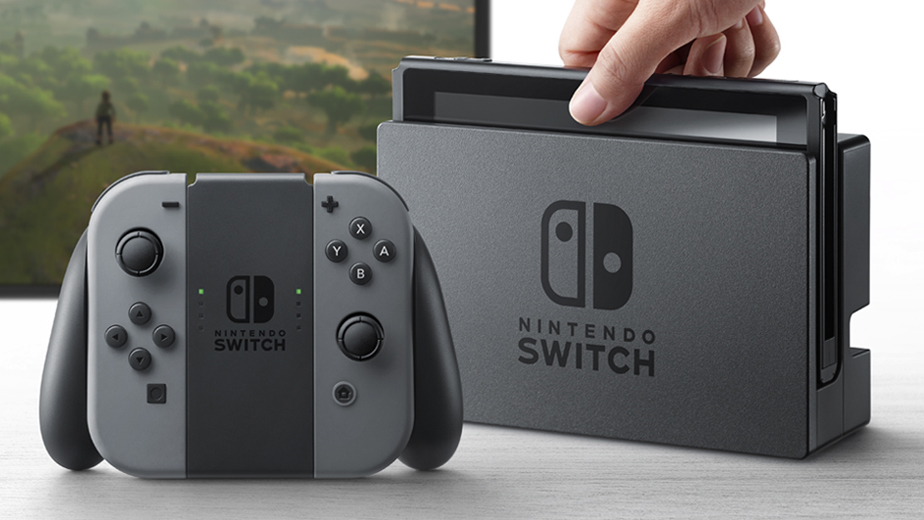
Nintendo Switch (2017)
And so we come to the present day, and Nintendo's next gamble: the Switch. We still don't know everything about this intriguing hybrid, with existing patents hinting that it could have a touchscreen, projector and some form of motion detection technology. Nintendo clearly has some other special features up its sleeve that it has yet to reveal publicly, but the console is the culmination of everything the Japanese veteran has learned so far.
Local multiplayer harks back to the days of the 1984 Game & Watch Micro Vs. series, while the touchscreen – assuming it has one – is a clear nod to the groundwork done by the DS. It's easy to imagine that those removable Joy-Con pads have motion control and could replicate the performance of the famous Wii Remote, and both have analogue sticks which owe a debt to the N64.
What other innovations and secrets could this console have in store for us? We'll find out in 2017 – but given Nintendo's track record it would be wise to expect something a little bit different.